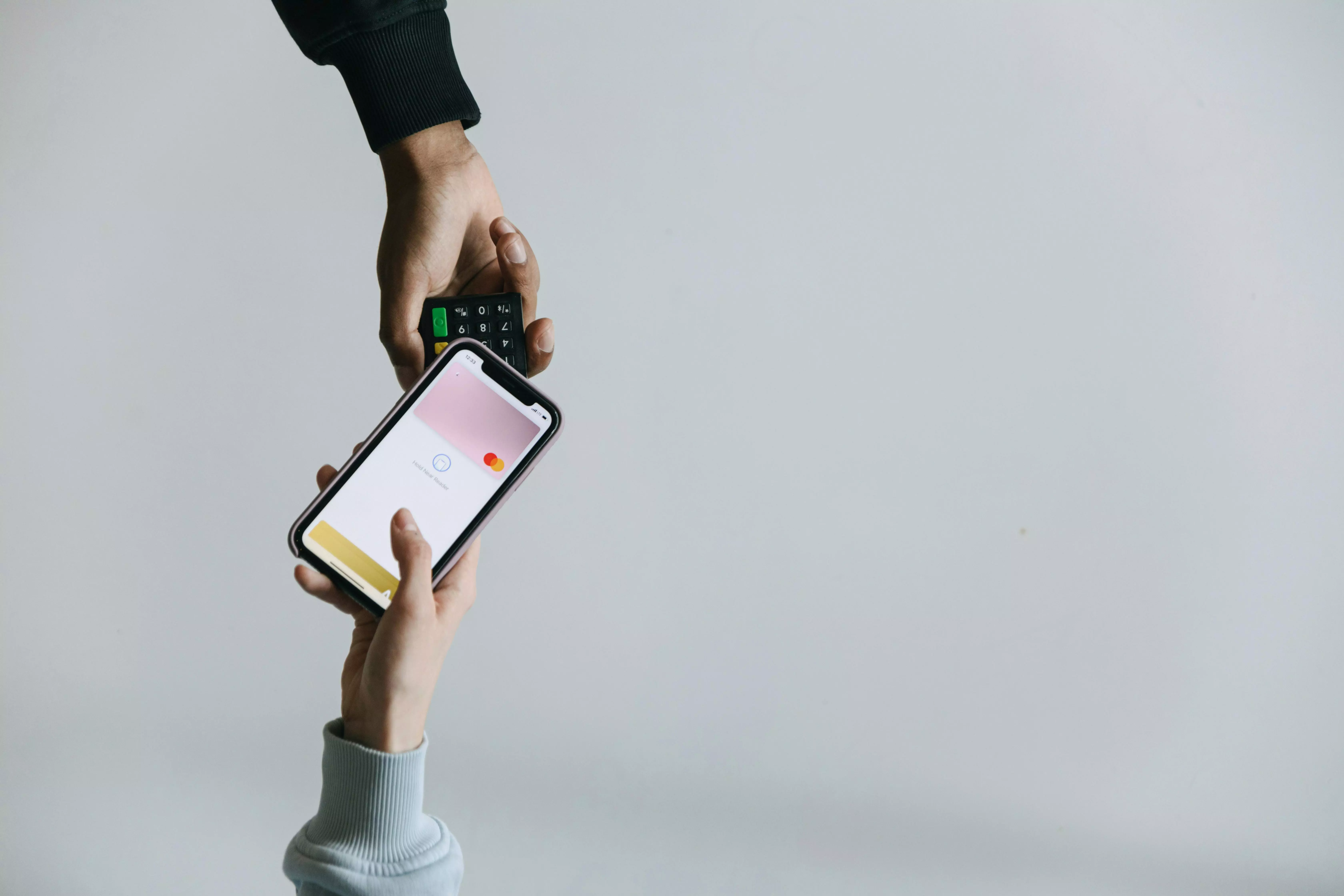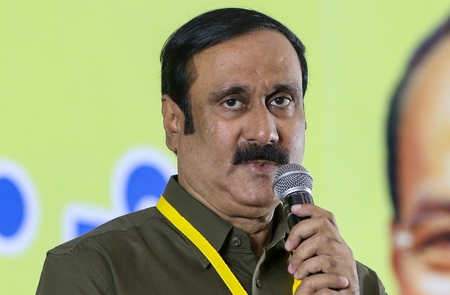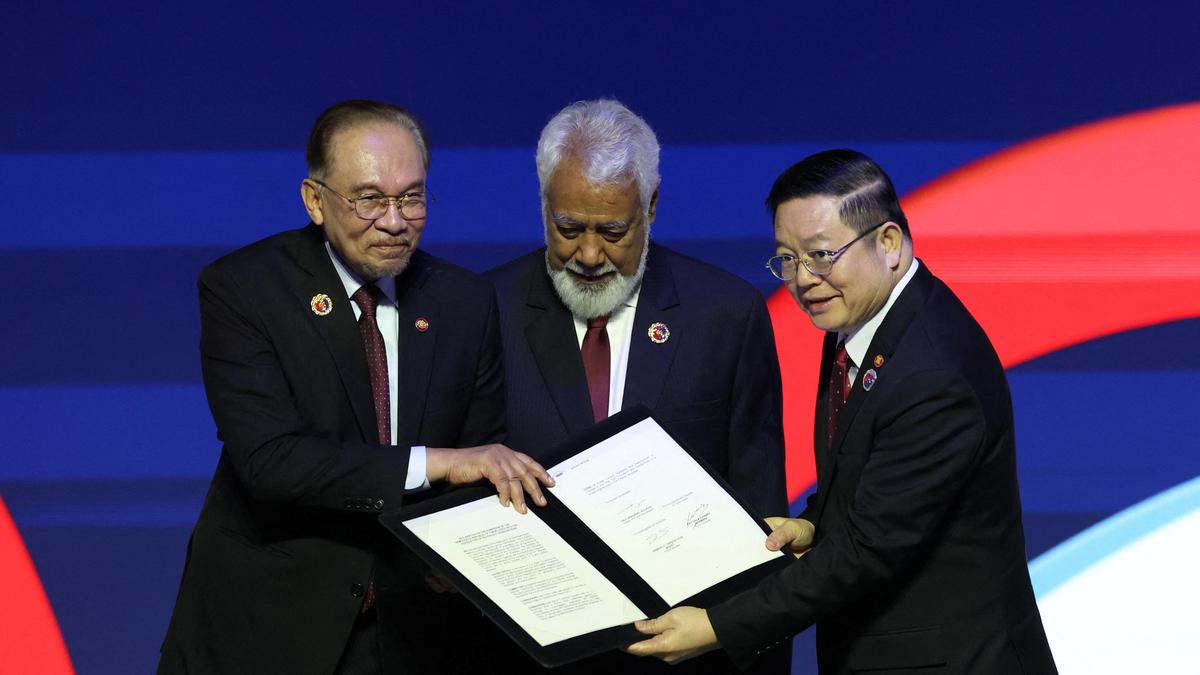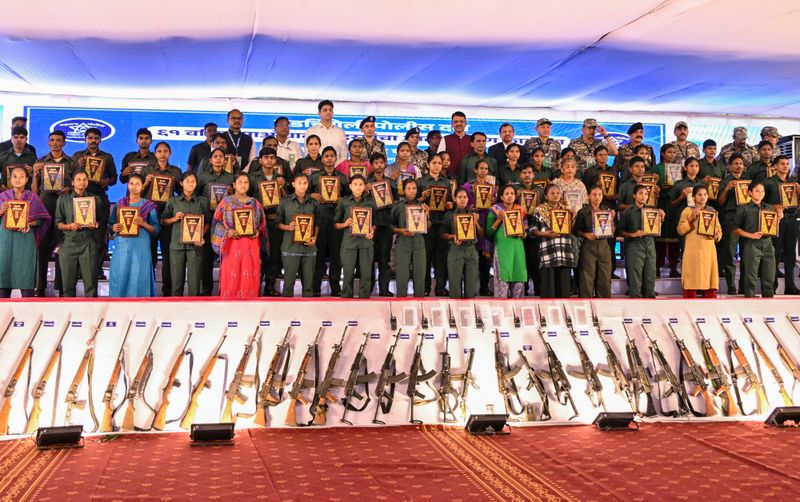Copyright deccanchronicle

Mumbai: Loyalty is fast becoming the new currency in India’s digital payments ecosystem. Nearly one in five e-commerce and food & beverage (F&B) transactions are now loyalty-driven, highlighting how rewards and incentives are reshaping the way Indians pay, according to the H12025 Payment Pulse report released today by digital payment fintech Phi Commerce. Based on data from over 20,000 merchants across five key sectors from January to June 2025, the report’s findings underscore how value-based spending, rather than impulse buying, is reshaping how Indians make payments, especially during high-spend periods such as Diwali.E-commerce experienced a drastic spurt in loyalty as marketplaces synchronised their promotional cycles and implemented one-click reward redemption to boost conversions. Reward-based payments increased by a whopping 6.2% year-on-year from 10.86% of total digital payment transactions in H12024 to 17.06% in H12025, according to report findings.In the F&B segment, loyalty-linked transactions climbed to 17.1% in H1 2025, up from 15.4% a year ago, driven by restaurant chains and quick-service brands integrating digital rewards directly into their payment flows. From cashback-linked orders to gamified point systems, loyalty has moved from being a marketing add-on to becoming an active purchase trigger. “These findings suggest that India’s digital payments landscape is entering a new phase, one where value per transaction matters as much as speed or simplicity. Consumers today don’t just look for convenience; they seek value. Loyalty has become part of the value equation at checkout,” Rajesh Londhe, Co-founder and Head of Payments, Phi Commerce, said.EMIs as essentialsThe report also highlights a sharp rise in the use of equated monthly instalments (EMIs) beyond aspirational purchases, extending into essential categories such as healthcare and education.In healthcare, EMI usage rose to 17.2% of total digital transactions, up 2.1 percentage points from the previous year, indicating that families are increasingly turning to flexible financing for major medical treatments. In education, EMIs now account for 7.4% of transactions, reflecting rising affordability pressures as institutions integrate instalment options into their fee payment systems.Together, these shifts signal that India’s digital finance behaviour is maturing, with consumers leveraging credit, loyalty and automation not merely for convenience, but for control and continuity in managing their everyday payments.India’s payment rush hoursThe Payment Pulse report also charts India’s new “payment rush hours”, revealing how digital payments now follow distinct daily rhythms across sectors.Healthcare peaks between 8 AM and 11 AM, as patients book appointments or refill prescriptions early in the day. The education, government, and e-commerce sectors experience concentrated activity from 11 AM to 2 PM, coinciding with fee deadlines, shopping runs, and bill payments during midday breaks. Food & Beverage dominates the 5 PM to 8 PM slot, powered by dining, take-out, and weekend orders.These payment windows offer valuable insights for merchants, fintechs, and marketers alike. Aligning offers or reminders with these high-intent transaction periods can significantly improve customer engagement and conversion rates. 'Timing has become the new competitive edge,” the report stated, underlining that campaigns synced to payment peaks are bound to yield better returns.UPI unstoppableEven as loyalty and credit-driven behaviour grow, UPI remains the backbone of India’s digital economy. The report finds that UPI now accounts for 70–90% of transactions across key categories, including education, government services, utilities, e-commerce, and healthcare.The steepest gains were seen in the government and utilities sector, where UPI penetration increased from 74.9% in H1 2024 to 89.7% in H1 2025, driven by auto-debit mandates and fee-waiver incentives. Education followed suit, with UPI’s share climbing to 77.7%, as academic institutions adopted QR-enabled and AutoPay solutions to streamline fee collection.This rise has come largely at the expense of traditional rails: net banking dropped from 19.3% to 10.5% in education, while card usage in government and utilities fell from 20.6% to just 3.9%. The transition underscores how India’s payment stack is consolidating around UPI-first experiences, reinforced by recurring payments, instant settlements, and mobile-first convenience.



